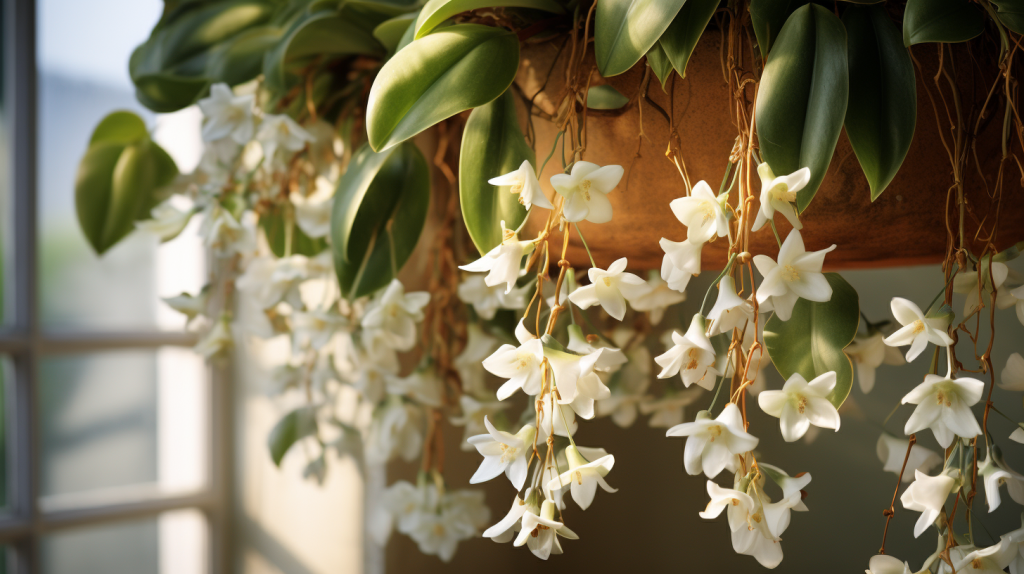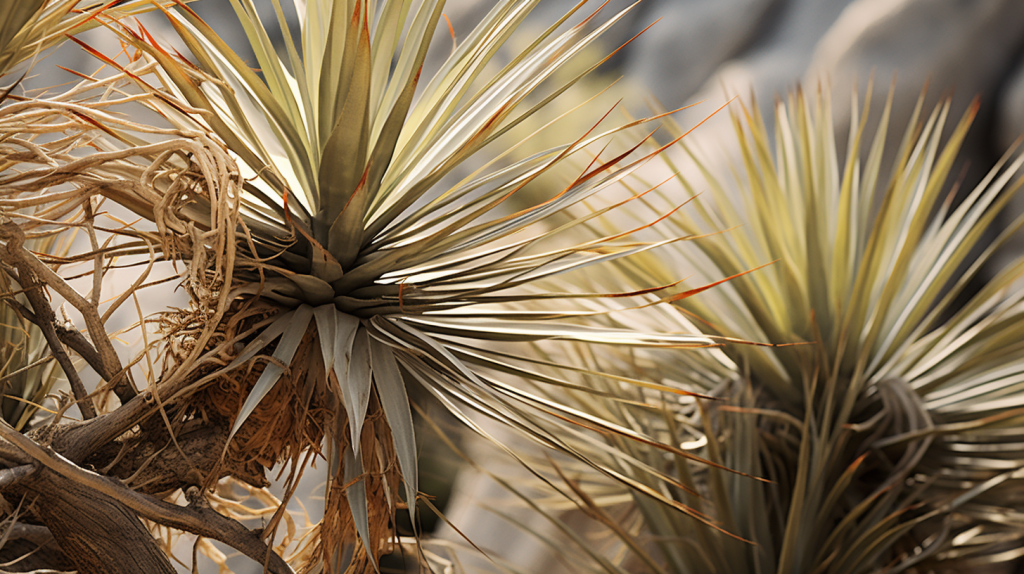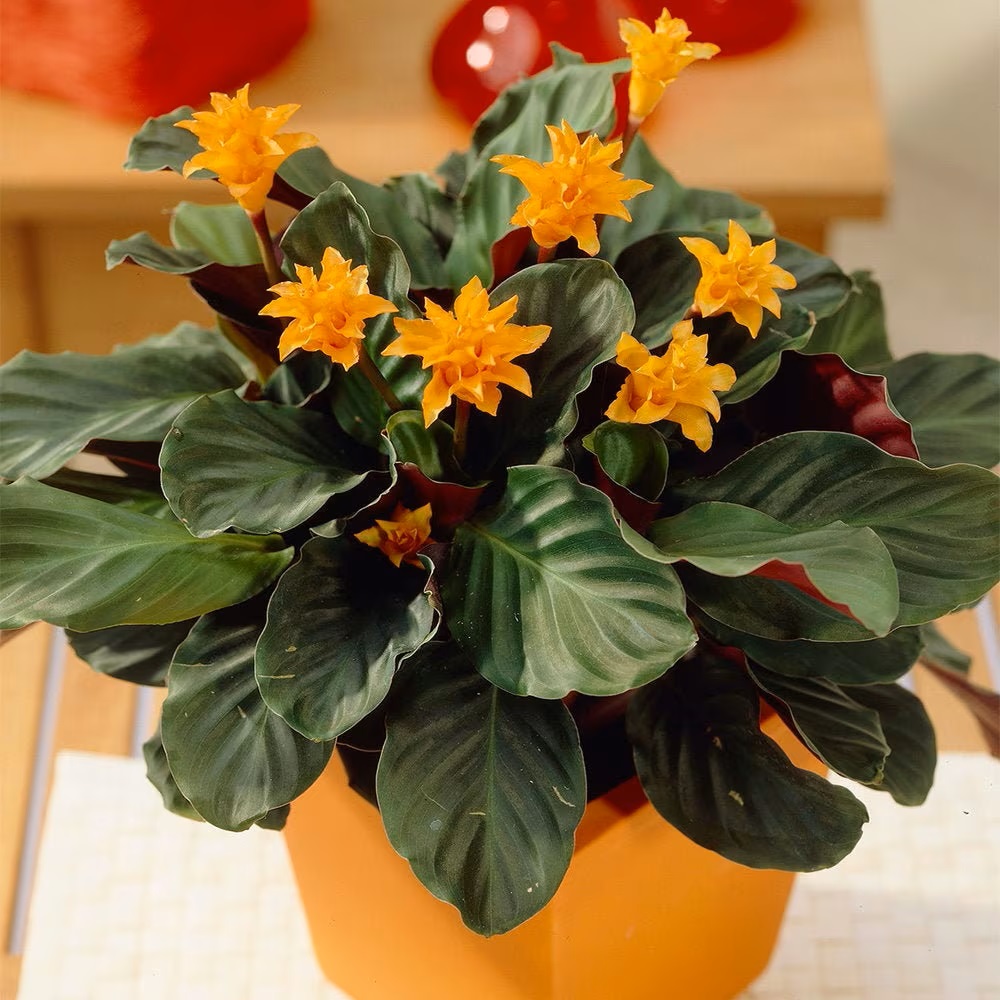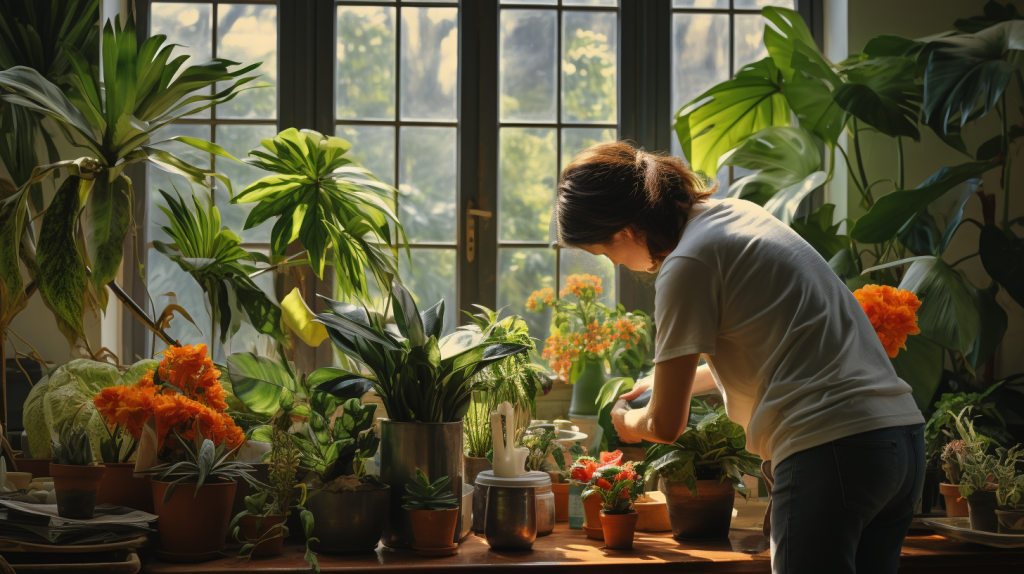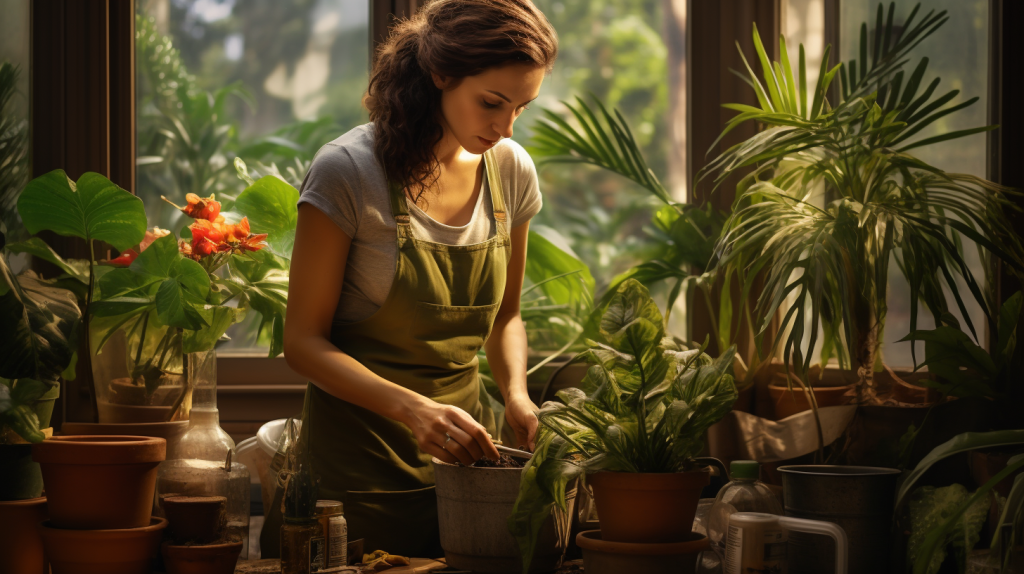Oh, the joy of having a Hoya plant in your home! This glossy, hardy tropical wonder is quite the showstopper. With the right care and attention, your Hoya will reward you with a cascade of stunning flowers. But what does it take to ensure your plant thrives? That’s what we’re about to explore.
Understanding the Hoya Plant
How much do you know about the Hoya plant? Originating from East Asia and Australia, this tropical plant family boasts over 200 species. It’s a slow grower but with patience, it eventually rewards you with beautiful clusters of star-shaped flowers. Now, let’s unravel the secrets to keeping your Hoya happy.
Choosing the Perfect Spot
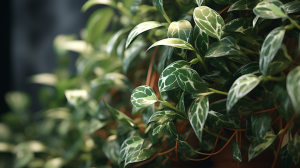
Location, location, location! This is true for real estate and it’s certainly true for your Hoya. It loves bright, indirect light. Too much direct sunlight and the leaves may get scorched. A spot near a north or east-facing window would be ideal. But how do you know if your Hoya is getting enough light?
Lighting Considerations
Is your Hoya bursting with blooms? If so, it’s getting enough light. But if your plant is a reluctant bloomer, it may need more light. Moving it to a brighter spot should do the trick. Beware, though. Balance is key. So, too much sunlight is also not the answer. Now, let’s dive into another critical factor – watering.
Watering Your Hoya
Like most succulents, the Hoya is susceptible to overwatering. Water it thoroughly but let the topsoil dry out before the next watering. How often should you water, you ask? Well, it depends.
Understanding Watering Needs
Watering frequency depends on your Hoya’s environment – temperature, humidity, light exposure all play a part. As a rule of thumb, watering once a week during summer and once every two weeks in winter should suffice. Remember, it’s better to underwater than overwater. Speaking of water, how about humidity?
Humidity and Your Hoya
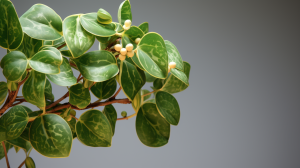
Hoyas are tropical plants, which means they love high humidity. However, they’re quite adaptable and can handle less-than-ideal conditions. You can boost humidity levels by grouping plants together or using a humidity tray. And what about feeding your Hoya?
Feeding Your Hoya Plant
A monthly dose of balanced houseplant fertilizer during the growing season should keep your Hoya well-fed. But remember, less is more. Overfeeding can lead to salt buildup, harming your plant. Now, on to the final piece of the puzzle – repotting.
Repotting Your Hoya
Hoyas are comfortable being root-bound, so repotting isn’t necessary very often. If your plant becomes too large for its pot, or if the soil is depleted of nutrients, then it’s repotting time. Make sure you use a well-draining soil mix to keep your Hoya happy. So, how do we sum this all up?
Hoya Species
Let’s take a look at some of the species of hoya plants.
| Hoya Species | Description |
|---|---|
| Hoya carnosa | Also known as Wax Plant, it is a classic species with waxy, green leaves and clusters of fragrant, star-shaped white flowers with red centers. |
| Hoya pubicalyx | This species comes with elongated leaves and clusters of star-shaped pink to dark red flowers. The flowers typically have a spotted or mottled appearance. |
| Hoya kerrii | Popularly known as the Sweetheart Hoya or Valentine Hoya because of its heart-shaped leaves. Its flowers are small and come in clusters of star-shaped, creamy white blooms. |
| Hoya obovata | Recognized for its round, large, and thick leaves, often speckled with white or silvery variegation. The flowers are small, star-shaped, and pink. |
| Hoya linearis | This Hoya species is unique with its long, thin, and cascading leaves. The plant blooms with small clusters of fragrant white flowers. |
| Hoya australis | Native to Australia, this Hoya has thick, shiny leaves and produces large clusters of star-shaped, white flowers with a sweet scent. |
| Hoya multiflora | Known as the Shooting Stars Hoya, this species has elongated, lance-shaped leaves. It is admired for its unique and eye-catching yellow and white star-shaped flowers. |
| Hoya compacta | Often referred to as the Hindu Rope Plant, it has twisted, waxy leaves that form a thick, tangled vine. The flowers are pink and form in clusters. |
Conclusion
In essence, caring for your Hoya plant involves balancing light, water, humidity, and feeding, with a dash of patience. A happy Hoya rewards its caregiver with stunning blooms, making all the effort worthwhile. It’s not just about keeping your Hoya alive, but helping it thrive. Who knows, you might even inspire others to adopt a Hoya of their own!
FAQs
1. How often should I water my Hoya plant? It’s generally best to water your Hoya once a week during the summer and once every two weeks in winter.
2. Does a Hoya plant need a lot of light? Hoyas prefer bright, indirect light. Direct sunlight can scorch the leaves.
3. How can I increase humidity for my Hoya plant? Grouping plants together or using a humidity tray can help increase humidity levels.
4. How often should I fertilize my Hoya plant? A monthly dose of balanced houseplant fertilizer during the growing season should suffice.
5. When should I repot my Hoya plant? Only repot when the plant becomes too large for its pot or if the soil is depleted of nutrients.

